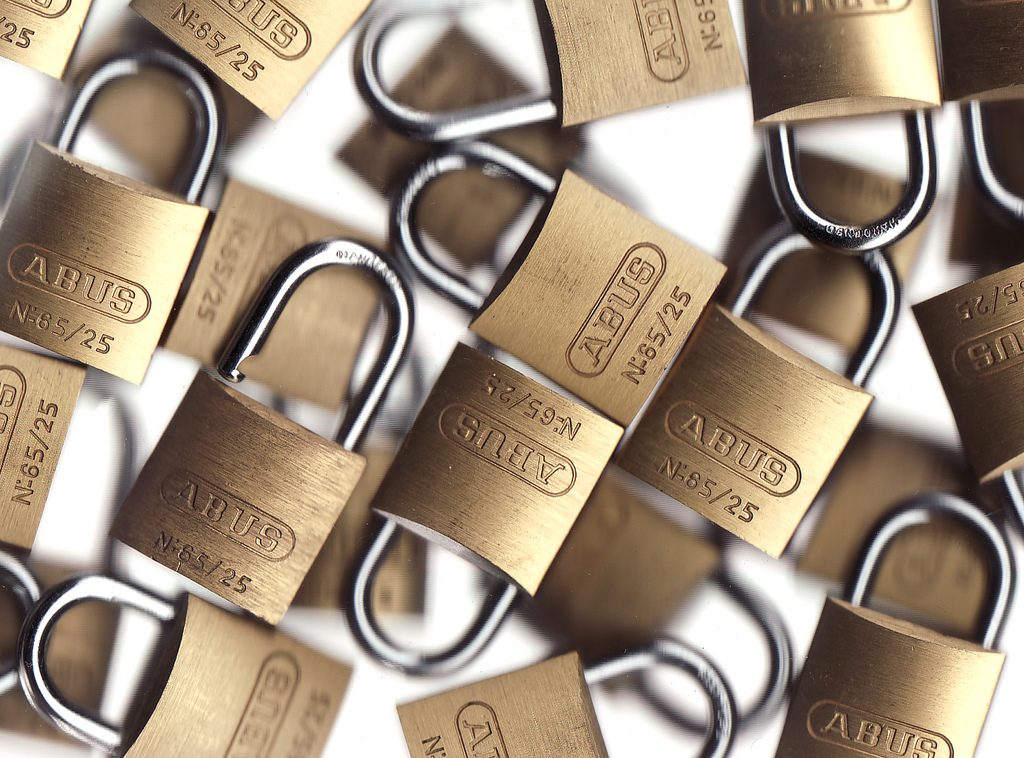It’s always a little difficult to narrow down which tablets are “the best” because most tablets have strengths and weaknesses. So, here’s a quick look at three devices leading the tablet wars for their parent companies. Each one tends to outshine the rest in at least one area while also speaking to a certain buyer group.
This one’s for the productivity minded individual. Here’s a few pros: Office 2013 pre-loaded, the main camera is high quality, the build feels more sturdy than its predecessor and it’s less likely to fall in your lap when used with a keyboard. The Windows Surface 2 also comes with some impressive photo editing software and the ability to have more than one program open (and running) on the main display at a time.
If you’re familiar with the original you’ll notice there’s been quite a few well thought out changes in the Surface 2’s user interface. Unfortunately, the tablet still isn’t perfect. Here’s a few cons: Support and offerings through Windows’ app store lag far behind competitors, Windows RT is not compatible with legacy programs and the device just isn’t as intuitive for new users as competing tablets. The keyboard for the Surface 2 is not included. For those who chose to buy one though, the keyboards are now backlit and more comfortable. At least expanding memory with a MicroSD or Flash drive is still simple.
I see this tablet going to younger tech users, who would primarily be doing school work on the device. The same case could be made for business types and professionals — although, if someone is planning on using this for work they might want to look into a Surface Pro 2 or an ultrabook instead. What CNet wrote about the original Windows tablet still holds true, it’s an “innovative tablet stranded in an app desert.”
This year’s mini is almost identical to last year’s (physically), in fact it’s a tiny bit heavier (only by 23 grams). A few design changes were made — thinner side bezels and a flat back — but the real change is inside. The new mini has the same resolution (2,048 x 1,526-pixels) as its larger counterpart — making the view spectacular. Here’s a few more pros: The tablet’s A7 processor is quick, Apple’s app store has an amazing selection and if you’re a power user (business types, that’s you) this little guy will put out. Or, if you’re just looking for a good read, the text is noticeably cleaner. Apple also made sure to upgrade the Wi-fi and LTE connectivity for faster downloading and browsing.
Many of the older issues (none of which have to do with software or usability) are still present. Here are the cons: The cost shoots up easily with added space or LTE service, the memory is not upgradable and a fantastic keyboard option is nonexistent. Additionally, if you’re an early Apple adopter there’s a new power plug/usb cable (same cable as the iPhone 5). For some reason Apple also neglected to induct the mini into the Touch ID home button family (finger print detection on the home button).
This tablet is a power user’s best friend. It can handle gaming, photo editing, video editing, office functions and all while keeping up performance and appearance. Just keep in mind, how ever much space you buy initially is what you’re stuck with. Business minded people might not enjoy the iPad mini because office isn’t offered through the app store and Pages doesn’t always work well when converted to a word (.doc) file.
If you must have Android — and yes, these types of people exist — this is your tablet. Here are the pros: Great processing speed, Android OS version 4.3 (Jelly Bean), two high quality cameras, expandable with a MicroSD card and a new slimmed down body design. My favorite feature also makes this tablet a contender for productivity minded individuals: the S Pen. ‘S Pen’ is just a fancy name for a stylus, but coupled with the tablet’s ability to multitask this Samsung product steals attraction from its competitors.
Without the S Pen though, this tablet may seem a bit tacky. Here’s why (cons): There’s a faux leather back and handwriting with the S Pen still isn’t stellar. The resolution isn’t quite as nice as the iPad mini but 2,560 x 1,600 pixels isn’t terrible either. The new Galaxy Note comes with Air Command (a multitasking function), but many reviewers have noticed lag when while using the feature.
Power users are likely to cozy up to this new Galaxy Note device too, and the stylus really adds to the overall experience. I don’t see this being a good fit for younger tech users — office is not offered on Android devices and google drive can only format an office document so well. Even though the Galaxy tablet ranks high in the productivity category it doesn’t quite knock the Surface 2 off its throne.
___
Photo credit: Siddartha Thota/Flickr



